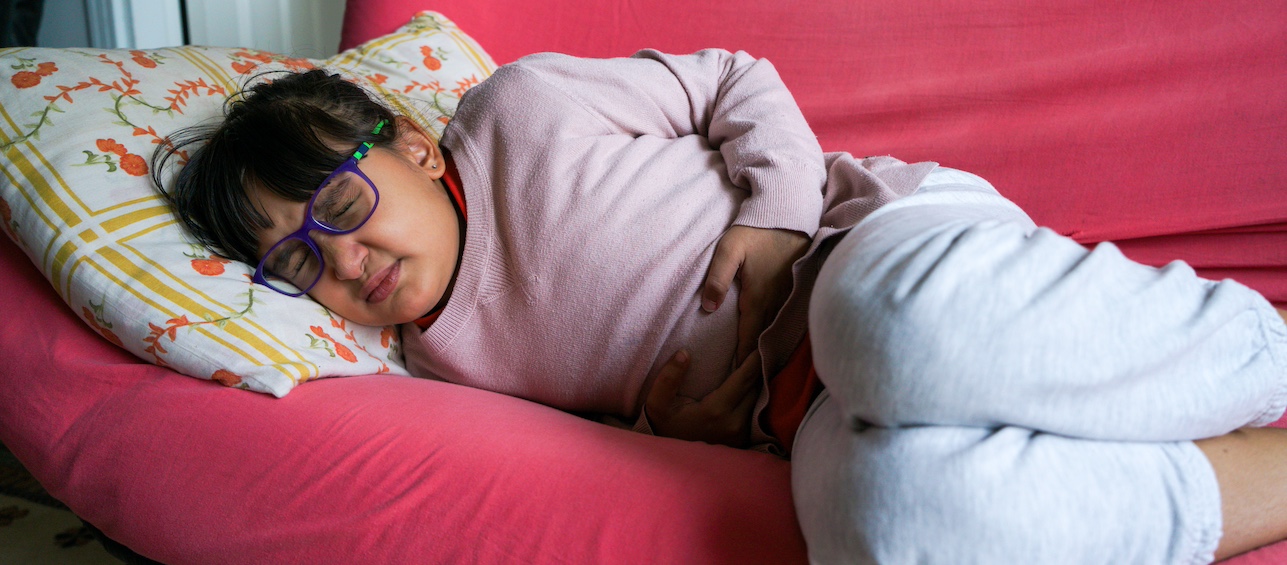Every year hope is put on hold as promising medical research is delayed while scientists struggle to obtain rare resources vital to their work.
The resources are patient tissue and blood samples containing cells, plasma, serum, DNA, RNA and other biological components that help form the building blocks of life. They are essential to research and providing clues to finding new causes and cures for disease.
At Cincinnati Children’s, large quantities of these materials are collected as part of routine clinical care from more than 300,000 children who visit the medical center annually for treatment. When treatment ends, leftover samples are destroyed and lost forever, along with the biological information they contain. Meanwhile, researchers spend hundreds of thousands of dollars (or more) and months or years searching for rare patient samples, just so a study can get underway or funded.
This is the impetus for a new project at Cincinnati Children’s, the Cincinnati Biorepository Core Facility, which will save and store remnant clinical samples. “There is a broad need for these samples and this project will be significant in helping fill the gap,” explains Michael Barnes, PhD, a researcher in the Division of Rheumatology and the biobank’s director.
The specimens will form a centralized institutional collection of biological samples for Cincinnati Children’s researchers and those with whom they work. Researchers will not have access to patient identities; they will focus exclusively on biological components in the samples and how they relate to their specific area of scientific or biomedical inquiry.
The collection of residual clinical samples will be one of only a handful of such programs in the nation, in keeping with the institution’s role as an innovator in pediatric medicine and research.
The biobank could allow important studies to proceed more quickly and at less cost. It also is expected to simplify pilot stage research projects at Cincinnati Children’s and make grant submissions more competitive for research dollars from the National Institutes of Health and other funding organizations.
In the end, having a facility like the biobank on premises will make studies conducted at Cincinnati Children’s more competitive and successful – in part because it prepares the institution for one of the harsher realities of biomedical research: funding.
Money – especially grants from the federal government – is harder to win in an increasingly competitive environment, says John Harley, PhD, director of the Center for Autoimmune Genomics and Etiology at Cincinnati Children’s and the Division of Rheumatology.
“With a biobank centralizing collection of these materials, it provides an institutional base so that an investigator wanting to study a particular disorder would be able to retrieve samples with a minimum of effort,” says Harley. “This would put them in a much stronger position to compete for funding and to start and sustain the work.”
For more information about the biobank, visit: https://www.cincinnatichildrens.org/research/cores/biorepository/default.htm




